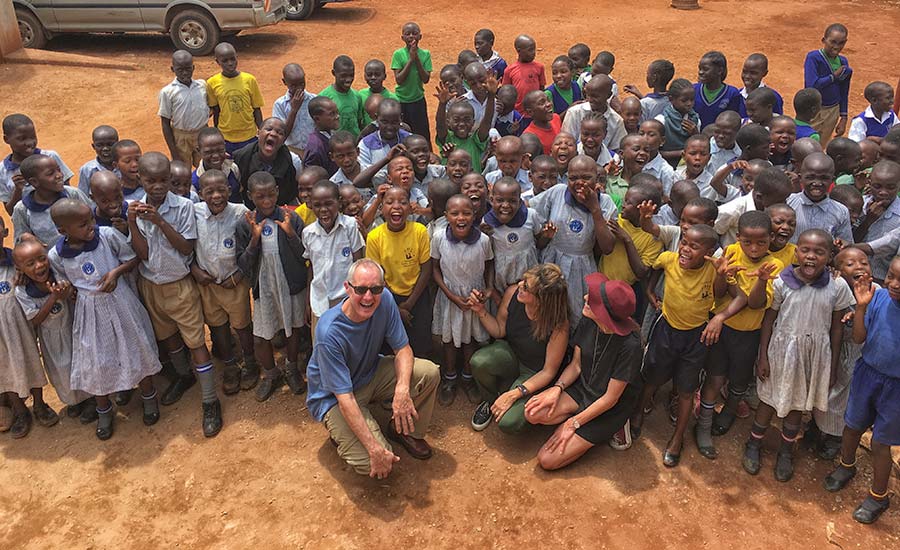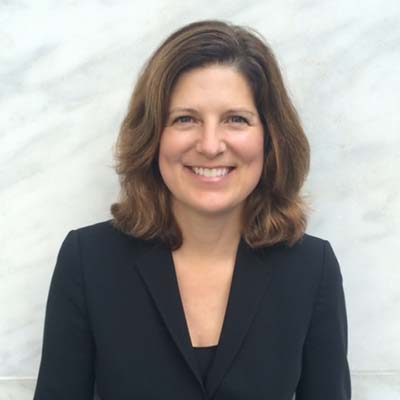 It’s far from just talk. Ron Cordes spent the first actions of his career creating “the best business in the world.” In his second, he felt compelled to build the best businesses “for” the world. But it’s not as if the two are mutually exclusive.
It’s far from just talk. Ron Cordes spent the first actions of his career creating “the best business in the world.” In his second, he felt compelled to build the best businesses “for” the world. But it’s not as if the two are mutually exclusive.
The disruptive lessons learned from building financial powerhouse AssetMark Investment Services can indeed be applied to impact investing. It’s fueling a non-traditional investing strategy that’s far more effective and sustainable than conventional models of the past, the steps of which can be emulated by other high-net-worth investors.
It began with the sale of the Assetmark in 2006, which Cordes founded with two partners and today claims roughly $30 billion in assets under management. It was one of the first companies to provide financial advisors with a platform to charge fees, rather than commissions, on the products and services they offer.
Like many high-net-worth couples, the liquidity event gave Cordes and his wife Marty the opportunity to create a traditional family foundation. They soon discovered, however, the rapid pace of innovation in the impact investing space and, in keeping with their disruptive roots, quickly adapted.
“If you asked me ten years ago what we’d be doing today, we would be conventional philanthropists, giving money away toward a mission area that included global poverty, women and girls and economic development,” he says.
While he’s quick to note it’s something they do from a mission and grants perspective, what’s happened with the other 95 percent of the portfolio is far much more interesting and impactful. It not only enjoys a positive social and environmental return on investment (ROI) but a financial one as well.
“When I first got into this in 2006, I didn’t appreciate that there were all these folks using capital markets in business models as tools to solve enormous societal and environmental problems,” Cordes explains. “As I started to help these CEOs build their businesses, I realized that many provided compelling investment opportunities.”
The issue was a lack of an “investment ecosystem,” and no real way for investors commit. While meeting with the foundation’s board, Cordes and Marty noted a few microfinance investments they’d recently made.

“We said, ‘let’s make a commitment over the next 12 months to allocate 20 percent of our portfolio to impact investing.’ We didn’t even call it impact investing because the term hadn’t yet been defined. We called it social enterprise investing because we figured we were investing in social enterprises.”
Over the course of the following year, and with the help of MBA students at college programs they supported, a range of opportunities was identified to help alleviate global poverty, mainly through microfinance and small business investments. By September of 2008 they were feeling pretty good, that is, until “the bottom fell out in the global financial markets.”
Obviously concerned with the economic downturn’s effect on the portfolio, Cordes informed the board that they might “take some arrows on this thing,” but to nonetheless commit to impact investing so that others may learn how it’s done.
Despite the brave front, “I was more than somewhat concerned, having seen the rest of our portfolio mark-to-market, with what was going to happen with the 20 percent we had in impact investing,” he adds.
Thankfully, the angst and anxiety were all for naught, and at the year’s end Cordes saw the impact portion of the portfolio was not only “not the worst-performing, but as a group, among the best.”
The investments’ non-correlation with more traditional debt and equity asset classes acted as a firewall of sorts when global markets were aflame, disproving the oft-repeated critique that investors must sacrifice return to invest their conscience.
“Every other asset class or category we had in the portfolio was completely correlated, but now I found this non-correlated asset class. As an investor, it piqued my interest and was the impetus that led to a deeper look at impact investing.”
That impetus also led to the founding of ImpactAssets, a firm capitalizing on impact investing’s momentum and demand. Citing a study from the Calvert Foundation, Cordes notes that 48 percent of high-net-worth investors either interested or very interested in impact investing, with another 40 percent somewhat concerned.
“I remember the math because I’ve used it so often—almost nine out of 10 have some level of interest,” he concludes. “Yet, virtually nobody was doing anything in the space. When I researched why, I found that 1) there was a lack of ecosystem as mentioned above or infrastructure, particularly among the financial advisors and intermediaries who help people invest, as well as, 2) a lack of a cohesive voice and, 3) a lack of investment products. ImpactAssets is an opportunity, in my second life, to address all three.”







